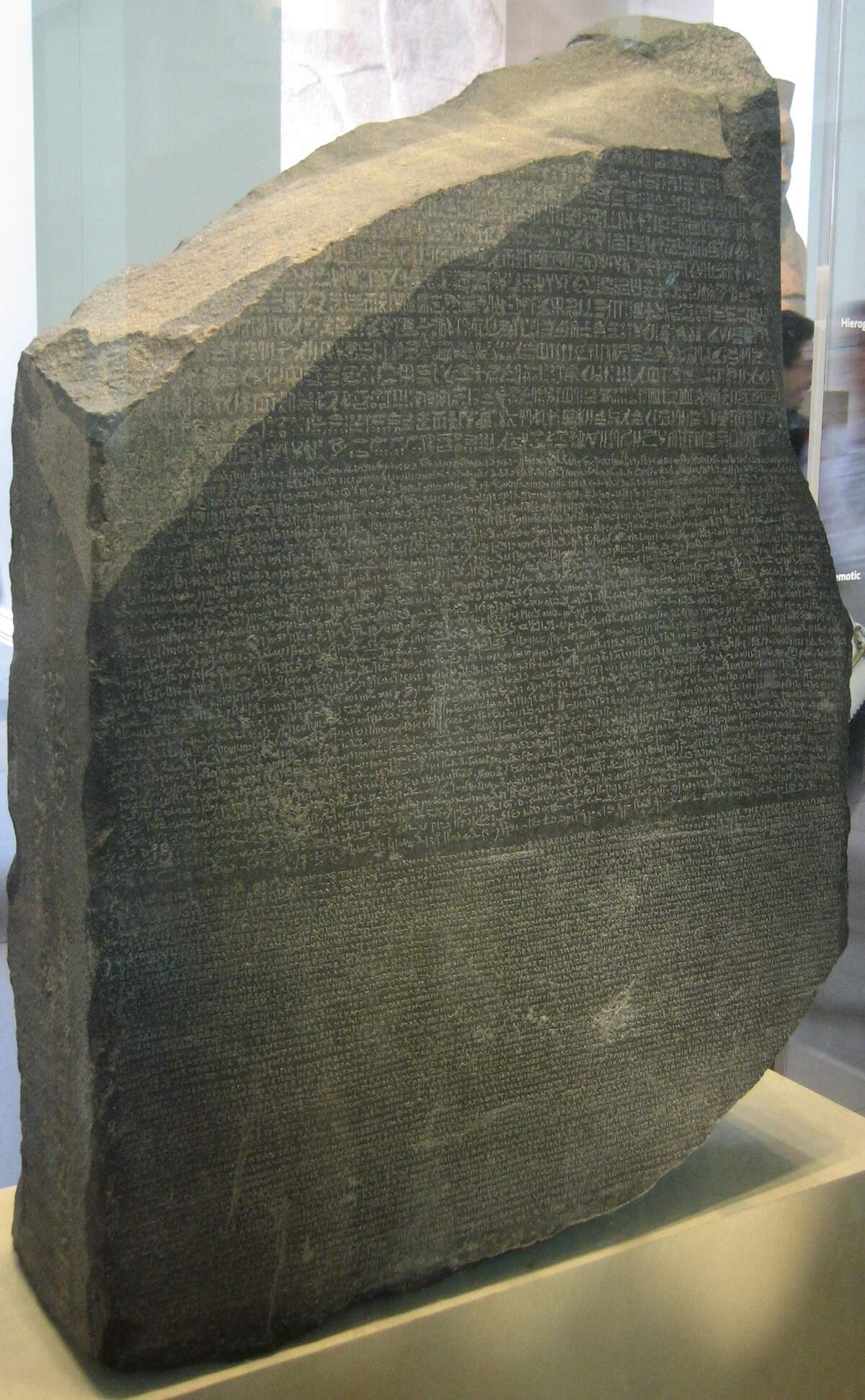

International Mother Language Day
Observed
annually on February 21st (since 2000)
Dates
Founded by
General Conference of the United Nations Educational, Scientific, and Cultural Organization (UNESCO) on November 17th, 1999
Tags
Awareness & Advocacy
Literature & Writing
School & Education
Hashtags
Sources
According to the United Nations, International Mother Language Day is a day "to promote linguistic and cultural diversity and multilingualism." It advocates for mother tongue-based multilingual education and focuses on preserving and protecting all languages. Because of the day's focus on linguistic diversity, it is meant to be celebrated in many different languages. As people become more aware of linguistic and cultural traditions, there is a hope they will have a better understanding of each other, and societies will be more sustainable.
The day was initiated by Bangladesh and was proclaimed by the General Conference of the United Nations Educational, Scientific, and Cultural Organization (UNESCO) on November 17, 1999, after being recommended by Commission II of the United Nations. The day was first celebrated in 2000. In April 2002, a resolution about multilingualism adopted by the United Nations General Assembly "welcomed" the November 17 General Conference UNESCO proclamation.
Languages have great importance as they play a large role in identity, communication, social integration, the preservation of heritage, and education and development. The oldest known languages are Sanskrit, Sumerian, Hebrew, and Basque, although other languages that weren't written down likely predate them. Counting all the different dialects, there are about 7,000 languages in the world. The most widely spoken language is Chinese, followed by Spanish, English, and Hindi. English is the main language in the United States, but more than 300 languages are spoken there. In the United States, about 21% of people over the age of five speak a language besides English at home, over half of which is Spanish.
Around the world, a language is lost every two weeks, and along with it cultural and intellectual heritage and diversity, such as traditions, memory, and distinct ways of thinking and expression. In all, about 2,400 languages are in danger. Today, only a few hundred languages are used in education systems, and less than one hundred languages are used in the digital world. Globally, about 40% of people don't have access to education in a language they understand or speak, although there has been some progress in the expansion of mother-tongue education in recent years.
February 21 was chosen as the date of the holiday because of its historical significance to language preservation. When India was partitioned in 1947, Bengal province was divided. East Bengal was created and became part of Pakistan, later being known as East Pakistan. West Bengal became part of India. In 1948, Pakistan declared Urdu as its official language, which brought about protest in East Bengal, where the main language was Bengali. On February 21, 1952, four students protesting for the recognition of the Bengali language were shot and killed by police in Dhaka, which is now the capital of Bangladesh. Just over four years later, on February 29, 1956, Bengali became an official language of Pakistan. Bangladesh became a country after the Bangladesh Liberation War of 1971, and Bengali became its official language.
Bangladesh initiated the day, largely to pay respects to what had occurred in their country. In Dhaka, flowers are laid on the day at Shaheed Minar, a monument dedicated to those who lost their lives. The Bengali language and Bangladesh culture are celebrated. Shohid Dibôsh, or Language Movement Day, is a related holiday observed in Bangladesh on the same day. Each year, events are held on International Mother Language Day at the UNESCO Headquarters in Paris. A different theme also goes along with the holiday. The Linguapax Institute in Barcelona, Spain, works for linguistic diversity, and each year presents a Linguapax prize on the holiday.
How to Observe International Mother Language Day
There are a variety of ways you could celebrate the holiday:
- Check what the year's theme is, and use it to inform your celebration.
- Attend events at the UNESCO Headquarters in Paris.
- Visit the Shaheed Minar in Dhaka, Bangladesh.
- Visit the International Mother Language Day monument in Ashfield, Australia.
- Learn about the Linguapax Institute.
- Support multilingual education. In schools, encourage children to use their mother language, and to talk about their families and culture.
- Engage in other ways to preserve and protect languages.
- Learn about endangered languages.
- Read a book about linguistics.
- Learn a new language.
- Learn about languages your ancestors spoke.
- Watch a film in a language you don't know.





















